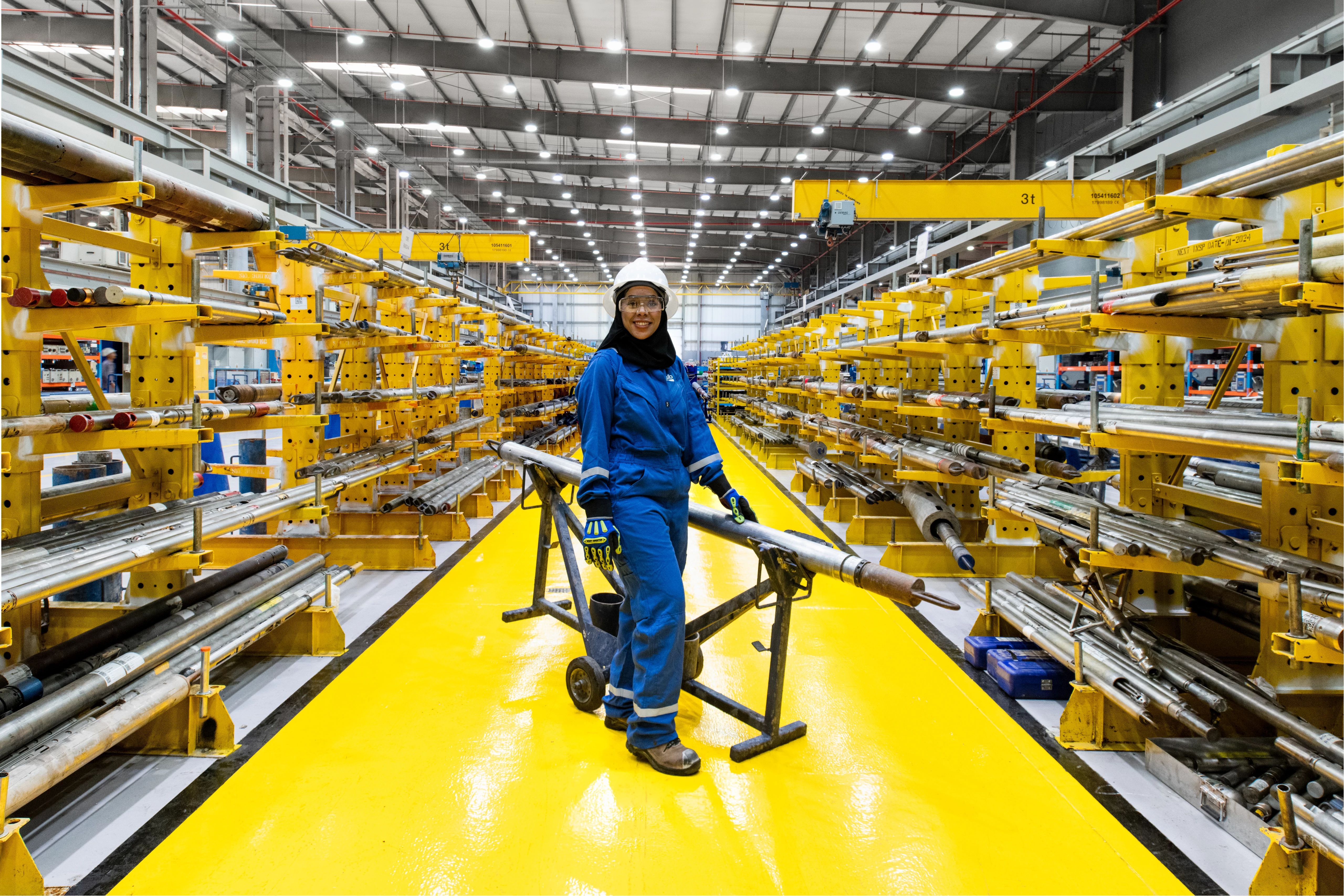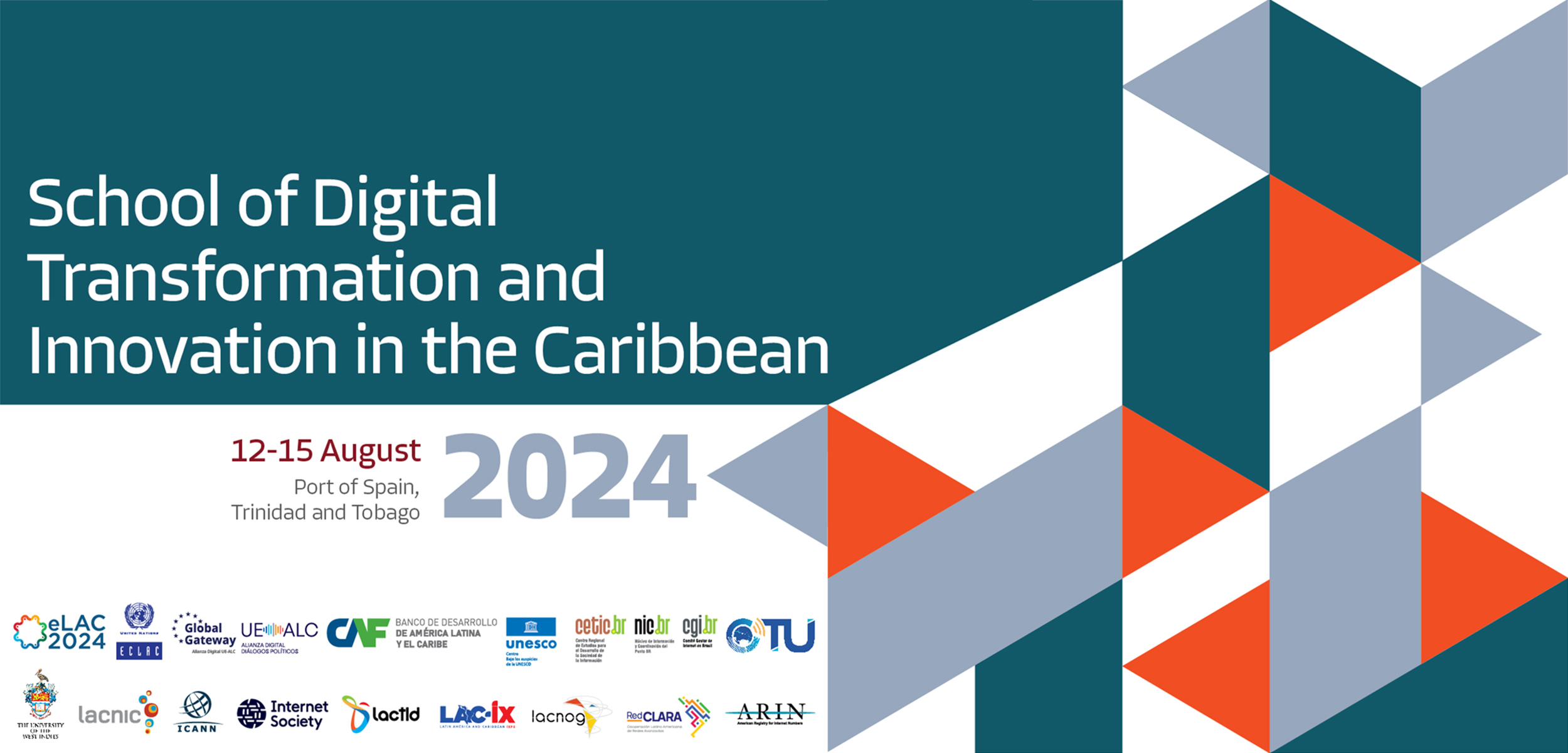Report on Digital Transformation as a Catalyst for the Circular Economy and Sustainable Development Goals
Introduction: Aligning Manufacturing with the 2030 Agenda
The transition to a circular economy is a critical strategy for manufacturers aiming to achieve key United Nations Sustainable Development Goals (SDGs). By leveraging digital technologies, companies can move beyond linear “take-make-dispose” models to create systems that are both profitable and sustainable. This report outlines the essential digital capabilities required to support circular business models, with a significant focus on their contribution to SDG 12 (Responsible Consumption and Production), SDG 9 (Industry, Innovation, and Infrastructure), and SDG 17 (Partnerships for the Goals).
Digital Ecosystems: Advancing SDG 17 through Multiparty Collaboration
A successful circular economy necessitates unprecedented collaboration among diverse stakeholders. This directly supports SDG 17 by fostering partnerships across the value chain.
- Stakeholder Network: Effective circularity depends on the coordination of suppliers, logistics providers, repair centers, and recyclers.
- Digital Platforms: To manage this complexity, digital ecosystems are required to facilitate transparent data sharing, workflow management, and trust.
- Interoperability: Systems must be interoperable to ensure seamless traceability, which is fundamental to verifying claims of responsible production under SDG 12.
Connected Products: Building Resilient Infrastructure for SDG 9
Maintaining visibility and control over products throughout their lifecycle is a core tenet of the circular economy and a practical application of SDG 9, which calls for resilient and innovative infrastructure.
Connected products, equipped with Internet of Things (IoT) sensors, provide the data needed to achieve this:
- Real-Time Data: Continuous monitoring of product usage, location, condition, and performance.
- Lifecycle Management: Data enables predictive maintenance, automated service, and intelligent decisions on refurbishment, remanufacturing, or recycling.
- Value Retention: By keeping assets within a controlled system, manufacturers maximize resource efficiency and minimize waste, directly contributing to the targets of SDG 12.
Internal IT Infrastructure: The Digital Backbone for SDG 12
Legacy IT systems designed for linear, one-way transactions are a primary obstacle to circularity. Modernizing internal IT infrastructure is essential for enabling the processes that underpin SDG 12 (Responsible Consumption and Production).
Key upgrades include:
- Reverse Logistics SCM: Systems to manage the return, sorting, and processing of used products and components.
- Lifecycle-Aware Systems: Procurement and CRM platforms that support the entire product lifecycle, not just the initial sale.
- Advanced Inventory Management: Capabilities to track and manage refurbished goods and harvested parts alongside new ones.
Data-Driven Circularity: Using AI to Optimize Resource Management
The complexity of circular models requires advanced data intelligence to become economically viable at scale. Leveraging Artificial Intelligence (AI) and real-time analytics is a powerful tool for advancing both SDG 9 and SDG 12.
- Automated Decision-Making: AI and autonomous agents can automate complex decisions regarding product returns, refurbishment routes, and resource allocation, reducing coordination costs.
- Optimized Logistics: Smart contracts and AI can autonomously manage logistics and payments, enhancing efficiency.
- Economic Viability: This level of data-driven automation makes circular models profitable, ensuring their long-term sustainability and contribution to SDG 8 (Decent Work and Economic Growth).
Conclusion: A Strategic Imperative for Sustainable Growth
Delaying the adoption of a digitally-enabled circular strategy is no longer a viable option. Regulatory mandates, consumer demand, and competitive pressures are aligning to favor sustainable business models. Manufacturers who invest in the five core dimensions of digital circularity will not only secure a competitive advantage but also position themselves as leaders in achieving the 2030 Agenda.
Excelling in these areas transforms sustainability from a compliance requirement into a strategic driver of growth, ensuring a future that is circular, digital, and aligned with global goals.
Analysis of Sustainable Development Goals (SDGs) in the Article
1. Which SDGs are addressed or connected to the issues highlighted in the article?
- SDG 9: Industry, Innovation, and Infrastructure: The article extensively discusses the need for manufacturers to upgrade their IT infrastructure, invest in technology like IoT and AI, and build digital ecosystems to support new industrial models. This directly relates to building resilient infrastructure and fostering innovation.
- SDG 12: Responsible Consumption and Production: The core theme of the article is the circular economy, which is a fundamental strategy for achieving sustainable consumption and production patterns. It focuses on keeping products and materials in use through refurbishment, recycling, and reuse, thereby reducing waste and resource depletion.
- SDG 17: Partnerships for the Goals: The article emphasizes that a circular economy’s success “heavily relies on collaboration among a wide range of stakeholders,” including suppliers, logistics providers, and even competitors, facilitated by digital ecosystems. This highlights the importance of multi-stakeholder partnerships.
2. What specific targets under those SDGs can be identified based on the article’s content?
- Target 9.4: By 2030, upgrade infrastructure and retrofit industries to make them sustainable, with increased resource-use efficiency and greater adoption of clean and environmentally sound technologies and industrial processes.
- Evidence: The article calls for manufacturers to replace “Linear IT systems” with “modern, circular-focused internal IT infrastructures.” It also promotes the use of “Connected products equipped with IoT sensors” and leveraging “advanced analytics, AI, and autonomous AI agents” to improve efficiency and enable circular processes.
- Target 12.2: By 2030, achieve the sustainable management and efficient use of natural resources.
- Evidence: The article describes how a circular economy helps “maximize value retention and prevent unnecessary loss” of assets. It discusses using data for “resource allocation” and making “smart decisions about refurbishment or recycling,” which are key to the efficient use of resources.
- Target 12.5: By 2030, substantially reduce waste generation through prevention, reduction, recycling and reuse.
- Evidence: The entire concept of the circular economy discussed is aimed at this target. The article explicitly mentions processes involving “recyclers,” “refurbishment,” and “advanced inventory management that support refurbished goods and harvested parts,” all of which are methods to reduce final waste.
- Target 17.17: Encourage and promote effective public, public-private and civil society partnerships, building on the experience and resourcing strategies of partnerships.
- Evidence: The article states that the circular economy requires “digital ecosystems designed to facilitate multiparty collaboration, data sharing, and workflow management” among “suppliers, logistics providers, repair centers, recyclers, and even competitors.” This describes the formation of technology-enabled, multi-stakeholder partnerships.
3. Are there any indicators mentioned or implied in the article that can be used to measure progress towards the identified targets?
- Indicator for Target 9.4: The level of investment in and adoption of modern digital infrastructure.
- Evidence: The article implies this by stating that manufacturers must “invest in product connectivity” and that “Upgrading internal IT infrastructure is essential.” Progress can be measured by tracking the adoption rate of circular-focused IT systems, IoT in products, and AI for decision-making within the manufacturing sector.
- Indicator for Target 12.5: The volume and value of products and components kept within circular systems.
- Evidence: The article mentions “refurbished goods and harvested parts” and making decisions about “refurbishment or recycling.” An implied indicator is the quantity or percentage of products that are successfully returned, refurbished, and resold or have their parts harvested, as opposed to being sent to a landfill. This directly measures the reduction of waste.
- Indicator for Target 17.17: The number and operational effectiveness of digital platforms facilitating multi-stakeholder collaboration.
- Evidence: The article highlights the need for “digital platforms” that ensure “transparency, traceability, and trust” among partners. An indicator of progress would be the number of manufacturers participating in such ecosystems and the volume of transactions or collaborative workflows managed through them.
4. Summary of SDGs, Targets, and Indicators
| SDGs | Targets | Indicators |
|---|---|---|
| SDG 9: Industry, Innovation, and Infrastructure | 9.4: Upgrade infrastructure and retrofit industries to make them sustainable and increase resource-use efficiency. | Level of investment in and adoption of modern, circular-focused IT infrastructure, IoT-connected products, and AI-driven analytics in manufacturing. |
| SDG 12: Responsible Consumption and Production | 12.2: Achieve the sustainable management and efficient use of natural resources.
12.5: Substantially reduce waste generation through prevention, reduction, recycling and reuse. |
Volume and percentage of products and components managed through circular processes (e.g., refurbishment, parts harvesting, recycling) to maximize value retention and reduce waste. |
| SDG 17: Partnerships for the Goals | 17.17: Encourage and promote effective public, public-private and civil society partnerships. | Number of manufacturers and stakeholders (suppliers, recyclers, etc.) actively participating in digital ecosystems designed for multi-party collaboration, data sharing, and traceability. |
Source: smartindustry.com







